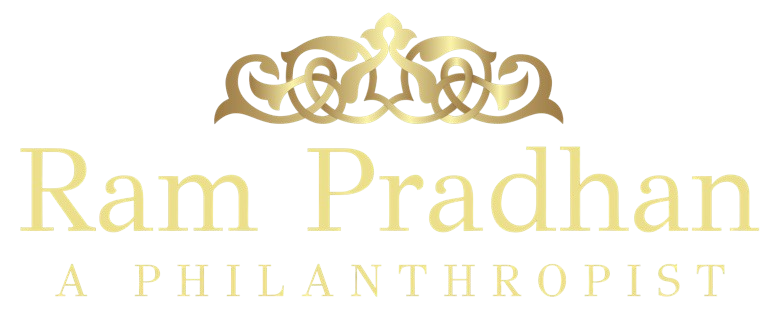The Pradhans are proud to be associated with one of Maharashtra’s most influential communities, the Chandraseniya Kayastha Prabhu (CKP) community, which is a sub caste of another prominent Indian caste, the Kshatriyas. While members of our community can be found all over the world, our ethnic origin is in the state of Maharashtra, specifically in the urbane cities of Mumbai, Thane, Nagpur, Pune, Nasik, and Kalyan. In the Indian sub-continent, most members of the community are located in western Maharashtra and some parts of Madhya Pradesh and Gujarat. The community was felicitated by Shivaji as “The brave helpers of Maharashtra” in his founding speech during the creation of the Maratha Empire.
Many historical books dedicated to tracing the antecedents of the community mention that the earliest group of CKP’s came to India via Kashmir, sometime in the year 1027. It is believed that the CKP’s, along with other members of the Kayastha sub caste, are descendants of King Chandrasen, who was a Kshatriya king. There is some argument about the origin of the word Chandraseniya. Some say that it describes the descendants of King Chandrasena, while others argue that this word describes the original home of the community, Kashmir. The river Chenab in Kashmir is called Chandra in Sanskrit and the word “seniya” is used to describe a group of people or community. Thus, the word Chandraseniya means people of the Chenab.
The separation from the Kshatriya community to Kayastha took place when Sage Parshurama decided to go to war against Kshatriya kings. During the war, Chandrasen’s pregnant wife took refuse with Sage Dalabhya.
When Parshuram asked Dalabhya for Ganga, Dalabhya reasoned with him and requested him to spare the pregnant woman. Hearing this, Parshuram blessed Ganga and said that the child born from her kaya or womb would be called ‘Kayastha’.
The Kshatriya kings were loved by their people and thus, were lovingly called “Prabhu”.
“To live with the sword during wars and with ink during peace”, was the community’s motto after they became Kayasthas.
HISTORY
The earliest written record of the Kayastha community dates back to the fifth century, when Chinese travelers visiting India wrote about Kayastha kings in Kashmir. By the 10th century, the Kayastha community of Kashmir migrated to north and central parts of India because of incessant invasions by Mughal and Islamic clans.
In the years that followed, the CKP community travelled further to the east along the Indus River. Constant invasions forced the community to give up their kingdom and most members found themselves in administrative positions in the kingdom of Mandavgadh, which was controlled by Parmar rulers.
Another important factor that dictated this move was the extreme climate change, which resulted in lower agricultural produce and thus, a reduction in trade.
According to several historical books, the CKP’s went through another major migration, albeit the final one, in 1298. This occurred during the invasion of Mandavgadh by Allaudin Khilji, who destroyed the Parmar kingdom. This invasion resulted in massive unemployment, which forced the community to move to the Konkan, in the cities of Daman, Goa, and some parts of Gujarat. It is believed that 42 families arrived in Maharashtra in the year 1305.
Few members of the community shifted their focus from administrative jobs to farming related activities, thus forming another sub caste, the Somvanshiya Kshatriya Prabhu.
By the late 1700s, the CKP’s held prominent administrative positions in many influential Maratha courts. However, they remained at loggerheads with the Chitpavan Peshwes and Koknastha Brahmins, since the three communities were vying for the same positions.
In Chatrapati Shivaji’s court, all Prime Ministers belonged to the Chitpavan Peshwa community. Although Brahmins by caste, the CKP’s had spent many centuries working in the courts of Islamic rulers and had adopted many Islamic rituals, specifically the anti-Brahmin activities of meat eating and animal sacrifice. This, in addition to lower representation in court, resulted in economic and political suppression of the CKP’s by the Koknastha Brahmins. In many cases, the CKP’s were forced to show a proof of their Kshatriya origins.
OCCUPATION
Because the community laid emphasis on education and knowledge, they held positions of chief administrator, secretary, army chief, and several other prominent administrative positions in the Maratha kingdom.
CKP members found employment as clerks, administrators, and teachers during the British Raj.
In present day India, CKP community members can be found in many different positions. Lawyers, doctors, IT professionals, and several other white collar jobs are held by CKP members.
PROMINENT SURNAMES
Prominent surnames of the CKP are:
- Bendre
- Gupte
- Badhire
- Garude
- Dalvi
- Nachane
- Kamathe
- Dighe
- Gadkari
- Ravara
- Tivekar
- Raje
- Kshipre
- Shetye
- Jaywant
- Shringarpure
- Javale
- Karnik
- Pradhan
- Randive
- Sule
- Devpathre
- Sathputhe
- Patne
- Tamhane
- Fanse
- Khatik
- Vaidya
- Pangu
- Korde
- Likthe
- Vivadhe
- Khale
- Davne
- Vaghul
- Chitre
- Mohile
- Vakare
- Muke
- Ulukand
- Bhise
- Chaubal
- Thackeray

